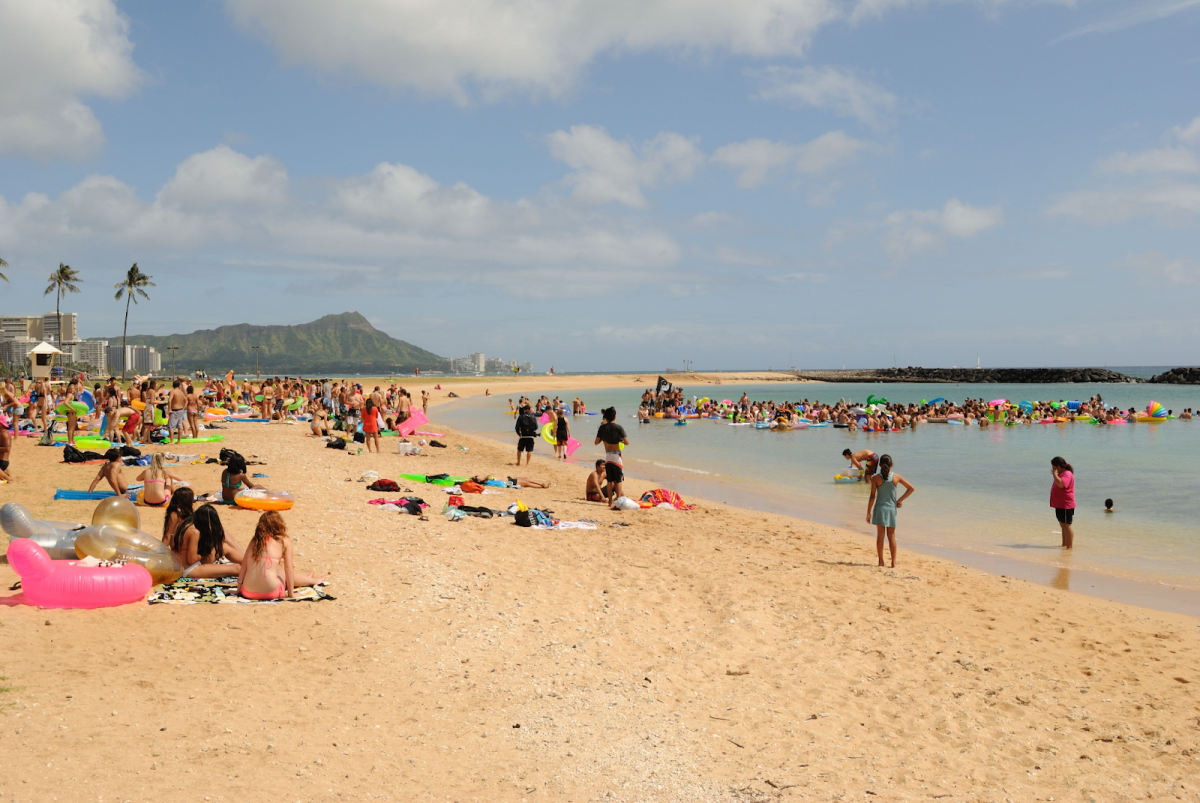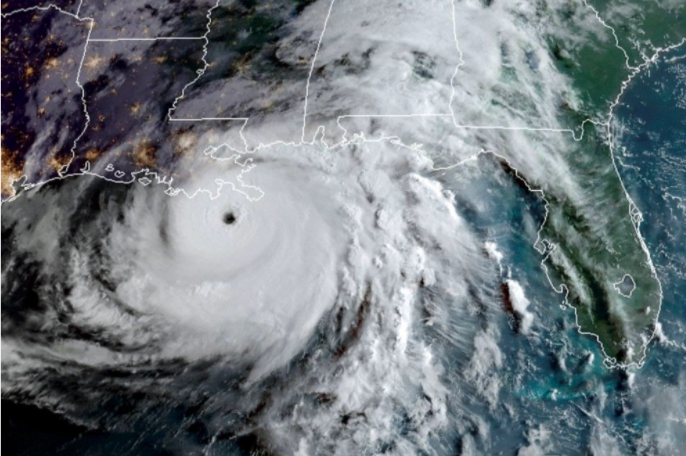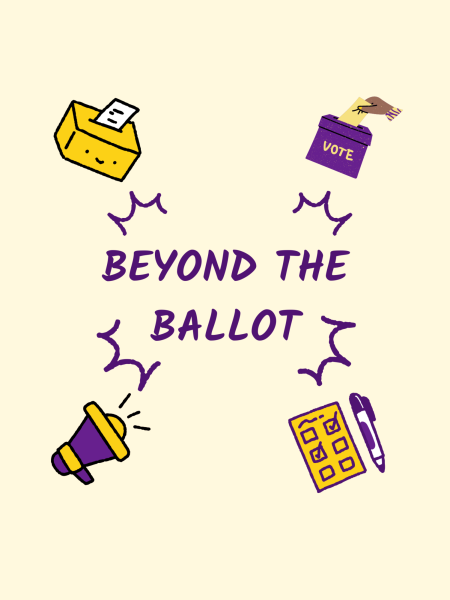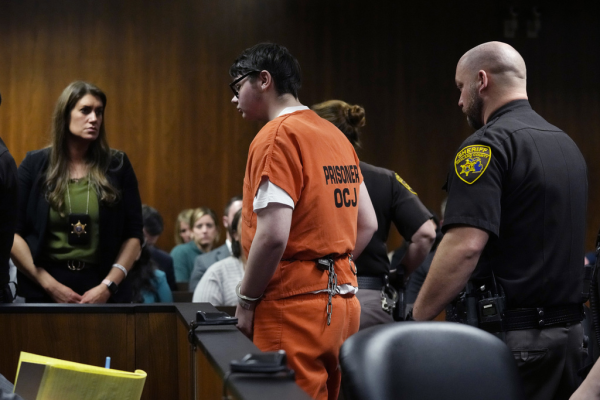How New York and New Orleans differ in the aftermath of hurricanes throughout the years
NOAA via Reuters Satellite of Hurricane Ida in the Gulf of Mexico going towards the coast of Louisiana
In 2005, Hurricane Katrina struck the U.S. Gulf Coast and brought attention to the climate change crisis. The most recent hurricane affecting areas across the country was Hurricane Ida, which occurred in August through September of 2021. The 16-year gap between the two hurricanes shows how little has changed in regards to preparation for the severity of hurricanes.
Hurricane Katrina hit Alabama, Mississippi, Florida, Louisiana, and the overall southeast coast of the United States. The most heavily impacted city was New Orleans, Louisiana.
During Hurricane Ida, the states that were hit were New York, New Jersey, Pennsylvania, the gulf coast of Louisiana, and more. New York was significantly affected by the damage Hurricane Ida caused.
Hurricane Katrina was a category five hurricane of maximum intensity based on the Saffir-Simpson Hurricane Wind Scale.
The precautions taken to manage flooding during storms failed when water began flooding from the lakes in New Orleans during Hurricane Katrina. Lake Pontchartrain and Lake Borgne overwhelmed the levees by engulfing them in 10 inches of rain.
The water pressure caused the infrastructures created to protect the land to fail. By August 30, 80 percent of New Orleans was submerged in water.
Due to the lack of proper investment in the seawalls and levees, the infrastructure of flood prevention facilities failed because they were not tall enough to hold back the water. The need for investment in flood safeties was neglected throughout the years until Hurricane Katrina.
After the eye-opening experience of Hurricane Katrina, New Orleans enforced a flood-protection system. The system increased federal funds for hurricane preparation by 15 million dollars, and in the end, New Orleans was better protected from potential flooding in years after.
To ensure their citizens were prepared for potential storms, they spent 14.5 billion dollars on upgraded floodwalls, floodgates, flood prevention projects, and an overall increased height of earthen berms, an earth ridge that acts as a surface runoff from certain areas. The precautions taken after Hurricane Katrina prepared New Orleans for the hurricane that eventually made a huge impact in 2021 with Hurricane Ida.
Hurricane Ida began on August 26, 2021 as a category four hurricane. New Orleans was hit directly by Hurricane Ida, which caused a blackout. However, the reinforced levees lessened the number of deaths compared to the ones during Hurricane Katrina.
On the other hand, New York City was unprepared for Hurricane Ida, even after being warned by the National Weather Service. In the first hour, Hurricane Ida filled New York City with more than three inches of water from the rain. During the storm, the underground transportation, like subways, was flooded because the water was not pumped out of the stations in a sufficient amount of time.
New York City was previously impacted by Hurricane Sandy in 2012 which led to many projects for storm protection in New York City. Some examples of one of these organizations is The Subway Action Plan of 2017, The Disaster Relief Appropriations Act of 2013, and Disaster Recovery funding.
However, the projects did not hold up when New York was flooded by Hurricane Ida. This raises the question of how much money states will have to pay and how many projects will have to be carried out until hurricanes are no longer a threat to state infrastructure.
Based on the differences between New York and New Orleans, it is conclusive that to protect people from the global warming crisis, there must be sustainable infrastructures in each state.
The cost of projects and amenities in preparation for any storm may seem unnecessary at the time or a waste of money, but the cost of recovery from a hurricane’s havoc could be astronomical.
Environmental club leader and Pascack Hills senior, Lina Kim, was interviewed about her take on the climate crisis reflected in the past hurricanes mentioned. As an advocate for environmental awareness, she has studied scientists’ and experts’ research to be well-informed on the topic.
“In the past few centuries, we’ve been seeing changes that would have happened over hundreds of years happen in decades. Evidently, around the Industrial Revolution, when humans started the activity of mass burning fossil fuels, atmospheric carbon dioxide and the temperature has increased dramatically…there is a strong correlation between recent human activity and increasing temperature levels,” Kim stated.
Climate change is inevitable; throughout time there have been weather changes that are out of humans’ control. However, humans have intensified the already-occurring issue by releasing fossil fuels. These fossil fuels have warmed the environment, which is a major contributor to the hurricanes.
Kim reiterated that, “Although the warming of our Earth has been ongoing, it is the recent human activity that has been amplifying this effect, which can lead to an increase in extreme weather events like hurricanes.”
Technology has helped mitigate the contact of climate change with the safety of the people. Yet, technology is not the only factor in protecting the inhabitants of this damaged planet.
According to the NRDC organization website, “When seawater with a temperature of at least 80 degrees Fahrenheit and a depth of about 165 feet meets a low-level weather disturbance like a tropical wave, conditions grow favorable for hurricane development.”
There is no one way to stop these natural disasters. Hurricanes can cause major damage from flooding to the destruction of homes and schools like Pascack Hills. Small changes can help solve the problem at hand.
In the 16 years of climate change awareness and more, there have been strides towards global warming awareness and resiliency. Anyone can help diminish global warming effects by reducing greenhouse gas release, reducing the use of fossil fuels, preserving land, and being educated on the topic or participating in extracurriculars like the Environmental Club.
For more information:
https://www1.nyc.gov/site/cdbgdr/about/About%20Hurricane%20Sandy.page
https://climate.nasa.gov/causes/
https://www.weather.gov/mob/katrina
https://www.worldvision.org/disaster-relief-news-stories/2021-hurricane-ida-facts
https://www.nrdc.org/stories/hurricanes-and-climate-change-everything-you-need-know#sec-causes

Paige Geanopulos is a senior at Hills. She joined the Trailblazer her freshman year as a staff writer, became the editor for the In-Depth section her sophomore year, and was the editor for the School News section her junior year. This year, Geanopulos looks forward to being the publication's Editor-in-Chief and continuing to write, edit, and manage stories for the Hills community.
Fun fact: Geanopulos has gone cliff diving in Naxos, Greece!












































